When Paprika's MIA: 7 Smoky, Spicy, and Sweet Substitutes You Need to Try!
If you're mid-recipe and realize you’re out of paprika, don’t panic — you’re not doomed to blandness. Paprika is a versatile spice, adding everything from color to subtle sweetness or a smoky depth depending on the variety. But guess what? It’s not irreplaceable.
In this guide, we’ll explore some of the best substitutions for paprika — whether you need heat, smoke, color, or just that signature red glow in your dish. Whether you're a home cook trying to save dinner or a pro chef looking to expand your spice rack repertoire, we've got you covered.
Table of Contents
- Why Use Paprika?
- Common Types of Paprika
- Top 7 Paprika Substitutes
- When to Substitute (and When Not To)
- Buying Guide: What to Look for in Alternatives
- FAQs About Paprika Substitutes
- Final Thoughts
Why Use Paprika?

Paprika is more than just a pretty face in the spice drawer. It brings warmth, mild sweetness, and vibrant color to dishes. Used in cuisines from Hungarian goulash to Spanish chorizo rubs, paprika can be sweet, smoked, or even hot, depending on the region it comes from.
Common Types of Paprika
| Type | Flavor Profile | Best For |
|---|---|---|
| Sweet Paprika | Mild, earthy, slightly sweet | Color & subtle flavor in rice dishes, soups, deviled eggs |
| Smoked Paprika (Pimentón) | Deep, smoky, woodsy | Grilled meats, stews, roasted vegetables |
| Hot Paprika | Spicy with underlying sweetness | Chili dishes, salsas, spicy sauces |
Top 7 Paprika Substitutes
Depending on which flavor profile you're after — color, smoke, sweetness, or heat — here are seven great options:
- Smoked Chili Powder
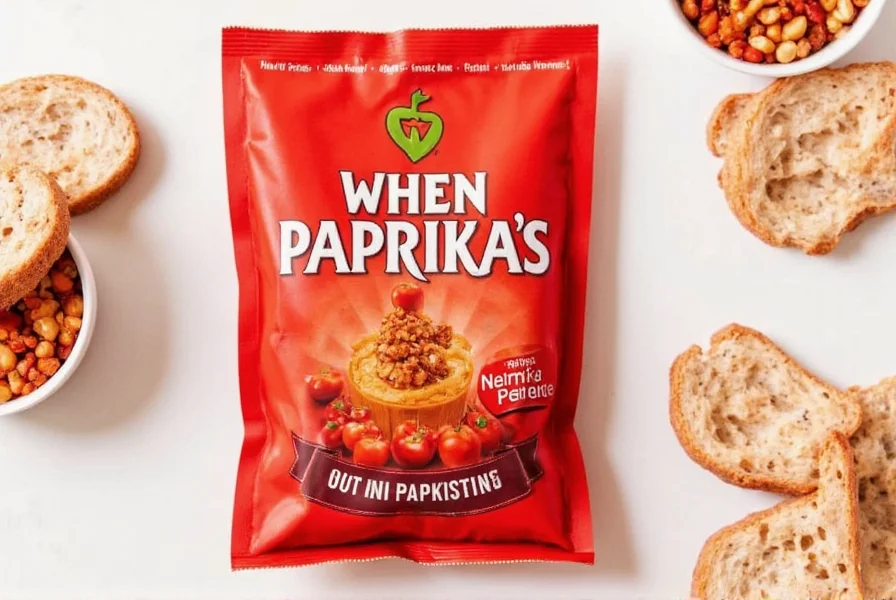
Ideal for replicating that smoky depth. Use sparingly as it often has added cumin and garlic powder.
- Cayenne Pepper
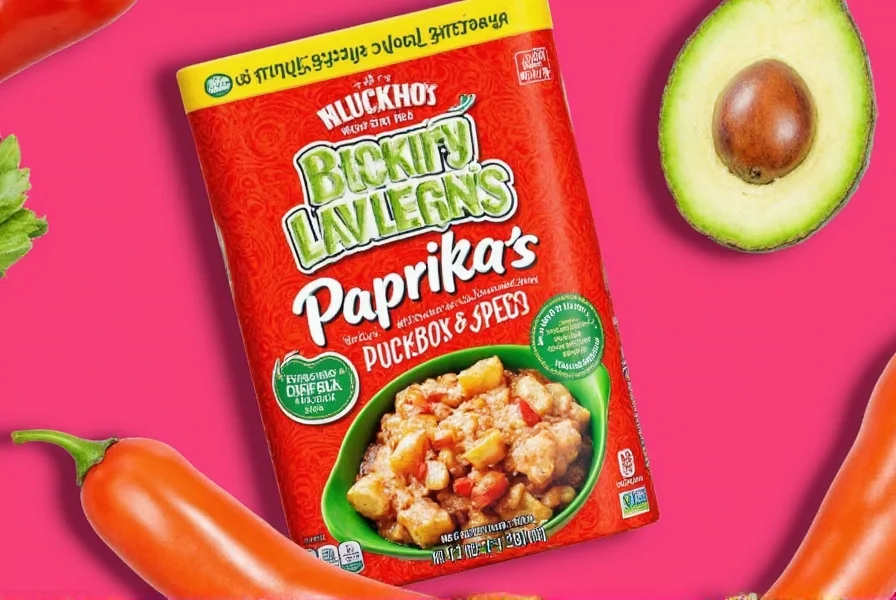
Brings the heat but lacks paprika’s sweetness. Best when you want spiciness over color or smokiness.
- Chipotle Powder

Offers both smokiness and heat. Great for Tex-Mex recipes where paprika’s used for warmth.
- Guajillo Chile Powder

Slightly fruity with moderate heat. Good for Mexican dishes where paprika might otherwise add color and body.
- Red Bell Pepper Powder
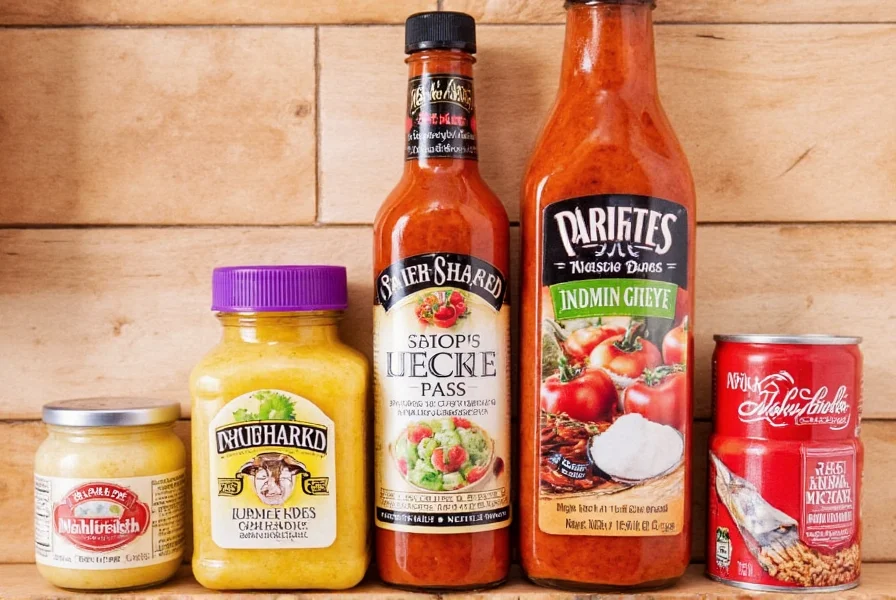
Perfect if you want the color and mild sweetness without any heat.
- Tomato Powder
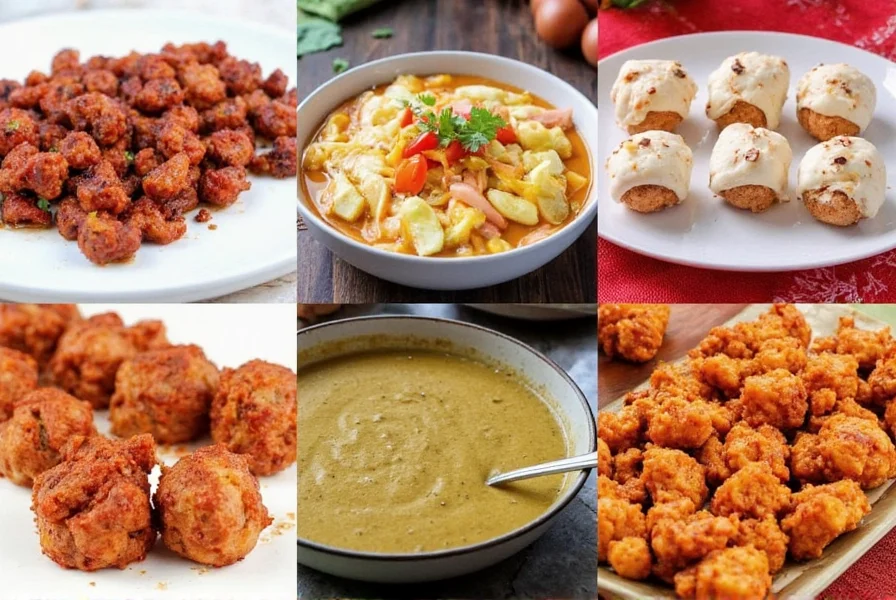
Adds a rich, umami base and slight tang. Not a direct substitute but works well in soups and stews.
- Cumin + a Pinch of Sugar
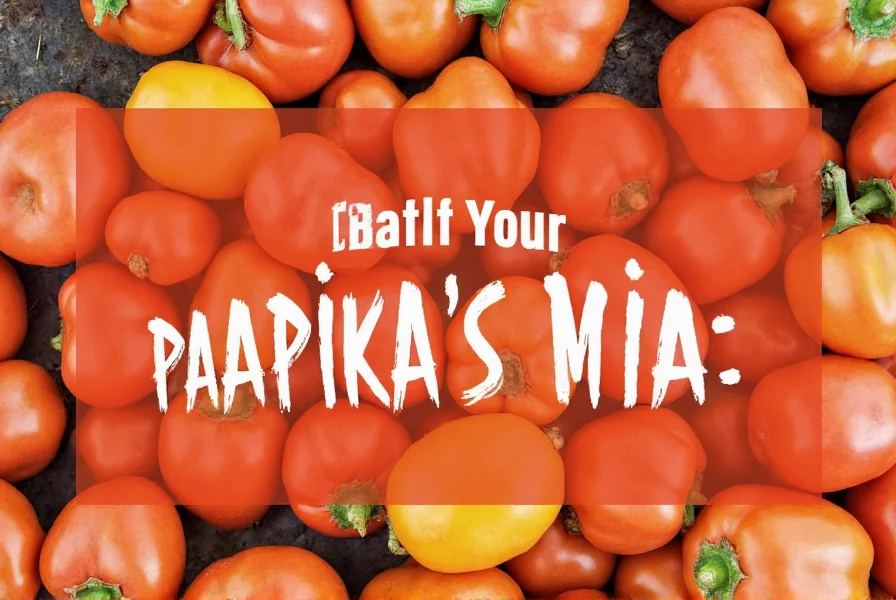
A clever hack: cumin adds earthiness, while sugar mimics paprika’s sweetness. Works especially well in meat rubs.
When to Substitute (and When Not To)
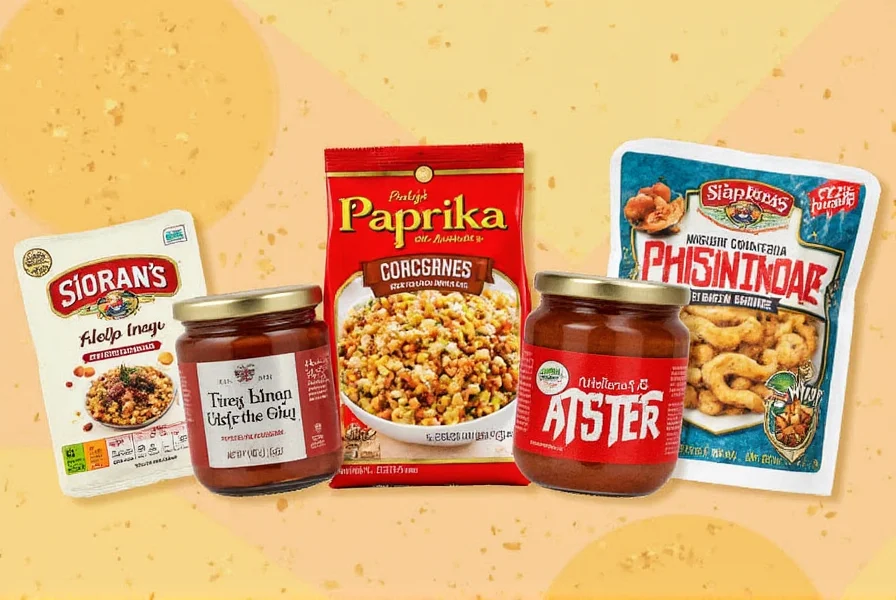
Not all substitutions are created equal. Here’s a quick cheat sheet to help you choose wisely:
| Need | Substitute | Notes |
|---|---|---|
| Smokiness | Smoked chili powder, chipotle powder | Reduce by half; adjust to taste |
| Heat | Cayenne pepper, guajillo powder | Balance with sweetness if needed |
| Sweetness | Red bell pepper powder, sugar + cumin | Better in savory dishes than desserts |
| Color | Tomato powder, annatto | Annatto also adds buttery undertones |
Buying Guide: What to Look for in Alternatives
Choosing the right alternative means understanding its flavor profile, sourcing, and use cases. Here’s what to consider when shopping for paprika substitutes:
- Label Ingredients: Check for additives like salt, garlic powder, or anti-caking agents.
- Freshness: Spices lose potency over time. If your substitute smells weak, it won't perform well.
- Origin: Like paprika, quality varies by region. Guajillo from Mexico or Pimentón from Spain tend to be superior.
- Heat Level: Some substitutes like cayenne are way hotter than paprika — always start small.
Below are top picks based on different needs:
| Product | Flavor | Best For | Occasion |
|---|---|---|---|
| McCormick Smoked Paprika | Rich, smoky | Roasted veggies, grilled chicken | Camping, BBQ, family dinners |
| Dia Guajillo Chile Powder | Earthy, moderate heat | Stews, tacos, enchiladas | Mexican night, potlucks |
| Frontier Co-op Chipotle Powder | Spicy and smoky | Rubs, barbecue sauces | Tailgating, grill parties |
| Norcia Sweet Red Pepper Powder | Sweet, bright, no heat | Eggs, seafood, white sauces | Weekday meals, brunch |
| Simply Organic Cayenne Pepper | Hot and bold | Spicy sauces, Indian curries | Meal prep, fiery nights |
FAQs About Paprika Substitutes
Can I mix different spices to replace paprika?
Absolutely! Combining cumin and sugar or chili powder and oregano can mimic paprika’s complex flavor profile.
Is paprika necessary in paella?
It helps, but saffron and smoked pimentón alternatives like chipotle powder can work beautifully too.
What’s the mildest paprika substitute?
Red bell pepper powder or tomato powder are the gentlest options, offering color and sweetness without heat.
How much substitute should I use?
Start with a 1:1 ratio, then adjust. Taste as you go — many substitutes are more potent than paprika.
Final Thoughts

You don’t need paprika to create incredible flavor. Whether you’re chasing smoke, heat, color, or sweetness, there’s a perfect stand-in waiting for you. The key is knowing what each substitute brings to the table — and how to balance it in your dish.
So next time your spice rack is missing paprika, don’t throw in the towel. Grab one of these flavorful alternatives and keep the meal rolling. Your taste buds will thank you!

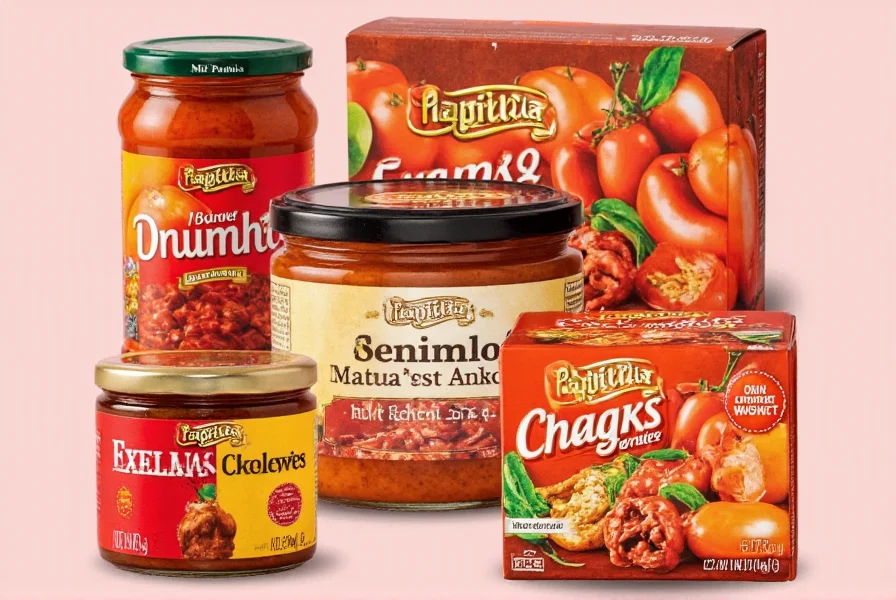









 浙公网安备
33010002000092号
浙公网安备
33010002000092号 浙B2-20120091-4
浙B2-20120091-4